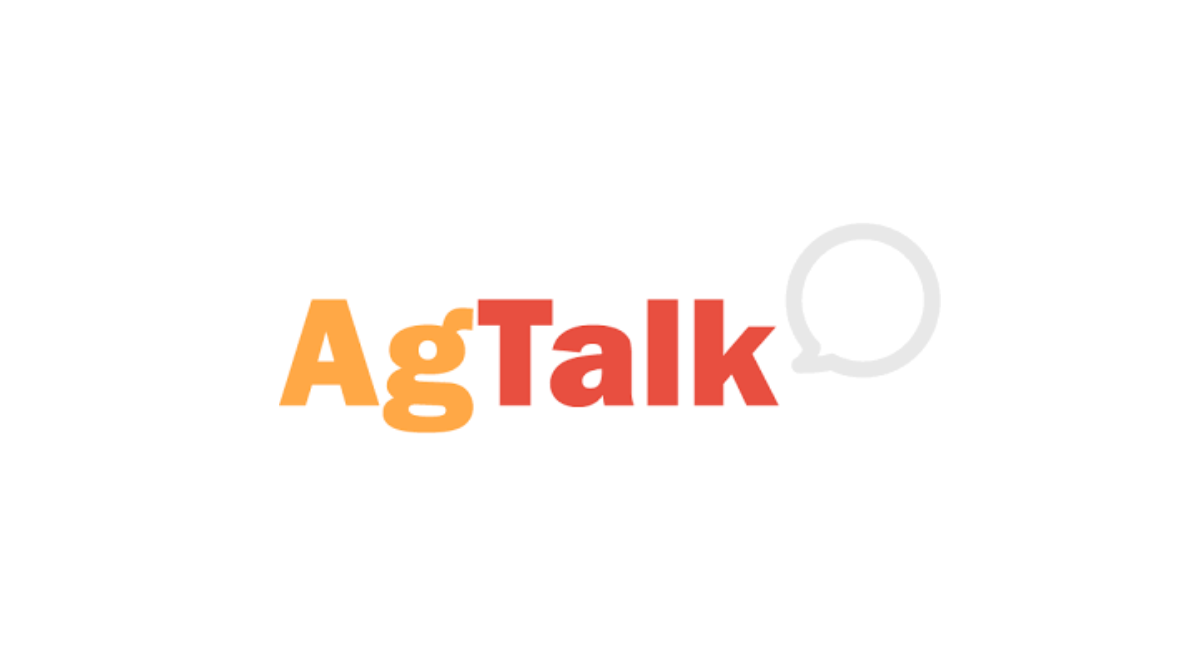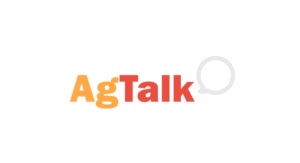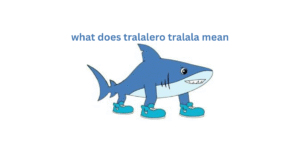AgTalk Why Every Modern Farmer Should Be on Talk in 2025
Introduction to agtalk
Agtalk In 2025, the face of farming is changing at an unprecedented rate. Climate change, supply chain interruptions, digitalization, and changing consumer preferences are compelling farmers to evolve. For today’s farmers, who want to remain knowledgeable, connected, and competitive, there is one platform that stands out: AgTalk. Whether you have a small organic farm or a large commercial farm, AgTalk provides invaluable tools from peer recommendations to market insights to technical assistance. In this article, I detail why all farmers today need to be on AgTalk in 2025, disassembling benefits, strategies, and best practices
What Is AgTalk?
AgTalk is a website and community established for farmers, agronomists, and agricultural interest groups. It operates as a marketplace, forum, knowledge base, and network site all at once. On AgTalk, users may ask questions, provide experiences, post pictures or data, and get opinions from fellow community members. Regional subcommunities are often included, allowing discussions to be location‑specific (e.g. pest types, climate, soils).
What makes AgTalk unique is its farmer‑oriented design: it’s designed by agriculture folks, for agriculture folks. It’s not so much about slick marketing and more about useful, real‑life solutions. In 2025, when agriculture grows more data‑driven and interconnected, AgTalk can be your resource of choice.
Establishing a Farming Network and Community
One of the things AgTalk does best is community. Farming the old way is lonely you do your fields, battle bugs, check soil, and pray for good weather. But on AgTalk, you get to talk to others who are going through the same thing and striving for the same success.
You can create or join local groups (e.g. your region, your weather zone). In these groups, you can:
Post local weather quirks, pest epidemics, or crop updates
Ask questions (“Has variety X ever been grown in sandy loam here?”)
Coordinate meetups, farm tours, or cooperative purchasing
These networks save you from having to reinvent the wheel. When a pest epidemic strikes, someone else is likely already experimenting with controls or cover crop methods. You gain from shared brains.
Getting Market and Price Information in Real Time
Markets change rapidly: supply, demand, transportation disruptions, input prices. AgTalk members frequently provide real–time price data for crops, seed, fertilizer, and transportation rates in their area.
By accessing this information, you can:
Time your sales more wisely
Negotiate more effectively with purchasers
Stay ahead of undercutting
Track competing regions’ prices
In 2025, with margins thin and competition international, this inside information makes you competitive.
Sharing and Learning Best Practices
Successful farming in the modern age relies on ongoing learning — new crop varieties, agronomy techniques, soil health practices, pest/disease management, irrigation management. With AgTalk, you can tap into:
Farmers’ experiment results in the form of case studies
Step-by-step tutorials (e.g. drip irrigation installation, composting)
Before-after photos and field trial outcomes
Peer review (e.g. “your nitrogen rate is too high for that soil type”)
This crowd-sourced information usually outperforms static extension materials because it’s up to date, practical, and field-tested.
Technical Support and Troubleshooting
When disaster strikes unexpected wilting, mysterious pests, nutrient imbalance — you want answers pronto. AgTalk is the go-to for:
Diagnosing symptoms (add photos)
Recommending treatment suggestions
Swapping local supplier contacts
Troubleshooting mechanical or irrigation gear issues
Peer support translates to solutions specific to your agroclimatic area and production method.
Innovating with AgTech and Tools
AgTech (sensors, drones, precision agriculture, AI apps) is spreading fast. But new technology tends to come with confusion how to use them together, how to understand data, how to deal with hardware.
AgTalk is a clearinghouse for:
Sensor, drone, soil probe reviews and recommendations
Calibration, maintenance, data pipe tips
Ideas for how to integrate (e.g. connecting soil moisture sensors to automated irrigation)
Stories of farmers who tested the tech first
Before investing, you can draw on this experience to prevent costly blunders.
Championing Sustainable Agriculture
Sustainability is no longer a choice. Consumers, regulators, and the planet are calling for better approaches: regenerative agriculture, carbon farming, biodiversity, and less chemical inputs.
On AgTalk, farmers talk about:
Cover cropping techniques
Soil organic matter construction
Carbon credit opportunities
Water conservation measures
Permaculture, agroforestry, integrated pest management
Participating in these discussions assists you in adapting your farm in socially and environmentally sustainable means — and gives voice to change at field and policy levels.
Marketing, Branding & Direct Sales
As supply chains transform, numerous farmers choose to sell direct (farmgate, online, community markets). AgTalk customers frequently exchange accomplishment stories, tactics, and mistakes:
Branding your product (organic, heirloom, regenerative)
Packaging, labeling, and certification advice
Direct‑to‑consumer marketing channels
Aggregating with local growers to combine volume
Logistics, cold chain, and delivery strategy
These are disruptive insights for small to medium farms seeking improved margins.
Risk Management & Early Warnings
Agriculture is risk‑prone: weather, insects, market shocks. AgTalk reduces these risks through:
Collective early warning (e.g. signs of pest migration)
Weather anomaly reports
Sharing insurance providers, contract tools, futures markets
Reponses to supply chain disruption (input shortages, fuel)
Succession planning, diversification discussions
You become part of a safety net instead of going it alone.
How to Get Started & Maximize AgTalk Use
Getting on AgTalk is easy, but to make real use:
Develop a complete profile (location, crops, scale)
Make yourself known in your regional group
Make one question or observation per week
Respond wherever you can community benefits when returned
Search before posting threads often already discuss your topic
Upload photos, soil test information, field maps
Create or participate in subgroups (e.g. “dairy in valley zone”)
Utilize tagging and bookmarks
Make local meetups happen offline
Provide feedback to the platform propose features you require
Consistency beats volume. Over months, your presence becomes stronger, your network richer, and your farm more stable.
Frequently Asked Questions
Q1: Is AgTalk free to join?
A1: Yes, the majority of AgTalk sites provide free registration and simple access. Advanced or regional sub-communities could have tiny fees or memberships.
Q2: Would AgTalk substitute extension agencies or agronomists?
A2: No — it supplements them. AgTalk provides peer insights and quick responses, but official extension and certified advice are still essential for regulation and safety.
Q3: Is data posted on AgTalk private?
A3: Posts are usually public within the network. Don’t post proprietary or very sensitive information unless you are comfortable with your network.
Q4: What types of crops or animals are covered?
A4: Nearly all — grains, vegetables, fruits, dairy, poultry, agroforestry, mixed farming. There are special interest areas on some sites.
Q5: Can I sell equipment or commodities on AgTalk?
A5: Most AgTalk forums have marketplace areas or classifieds for inputs, machinery, or direct produce sales.
Q6: Where do I find good advice and not merely opinions?
A6: Search for postings with evidence (soil analysis, yields), follow authenticated users, validate through extension or published sources.
Q7: What about language issues?
A7: Most AgTalk sites have multi-language options or regional forums. You can also utilize translation software or native language groups.
Q8: Is AgTalk effective in remote or under-connected regions?
A8: Yes — users frequently post from mobile phones, low bandwidth. Offline drafts and photos can be uploaded once connectivity resumes.
Q9: Will AgTalk provide product recommendations by companies?
A9: Brands might be named in some posts, but peer-to-peer recommendations are the rule. Be discerning, and assess features for yourself.
Q10: What measures value from AgTalk involvement?
A10: Monitor cost savings (of shared wisdom), yield enhancements, new leads or markets, and fewer failures. Benefits accrue cumulatively over time.
Conclusion
In 2025, progressive agriculture requires more than seeds and tractors — it requires connections, understanding, quickness, and creativity. The era of lone farming is passing. The intricacies of climatic changes, unpredictable markets, pest cycles, regulatory shifts, and emerging technologies make it impossible for any farmer to prosper alone. That’s why AgTalk comes not only as a convenience, but as a necessity for progressive farmers.
Fundamentally, AgTalk is an online gathering space a community where ideas are exchanged, challenges are overcome together, and knowledge multiplies at a speed greater than any individual farmer’s experience. And beyond that, it is an ecosystem: one that enables learning, promotes innovation, facilitates risk management, and amplifies farmer voices in markets and government.
When you construct your network and community through AgTalk, you turn farming from an individual activity into a social enterprise. The knowledge you learn — on nearby pests, soil dynamics, microclimates — are directly applicable because it is provided by individuals in your own area, with the same issues. That kind of localized advice is invaluable.














Post Comment